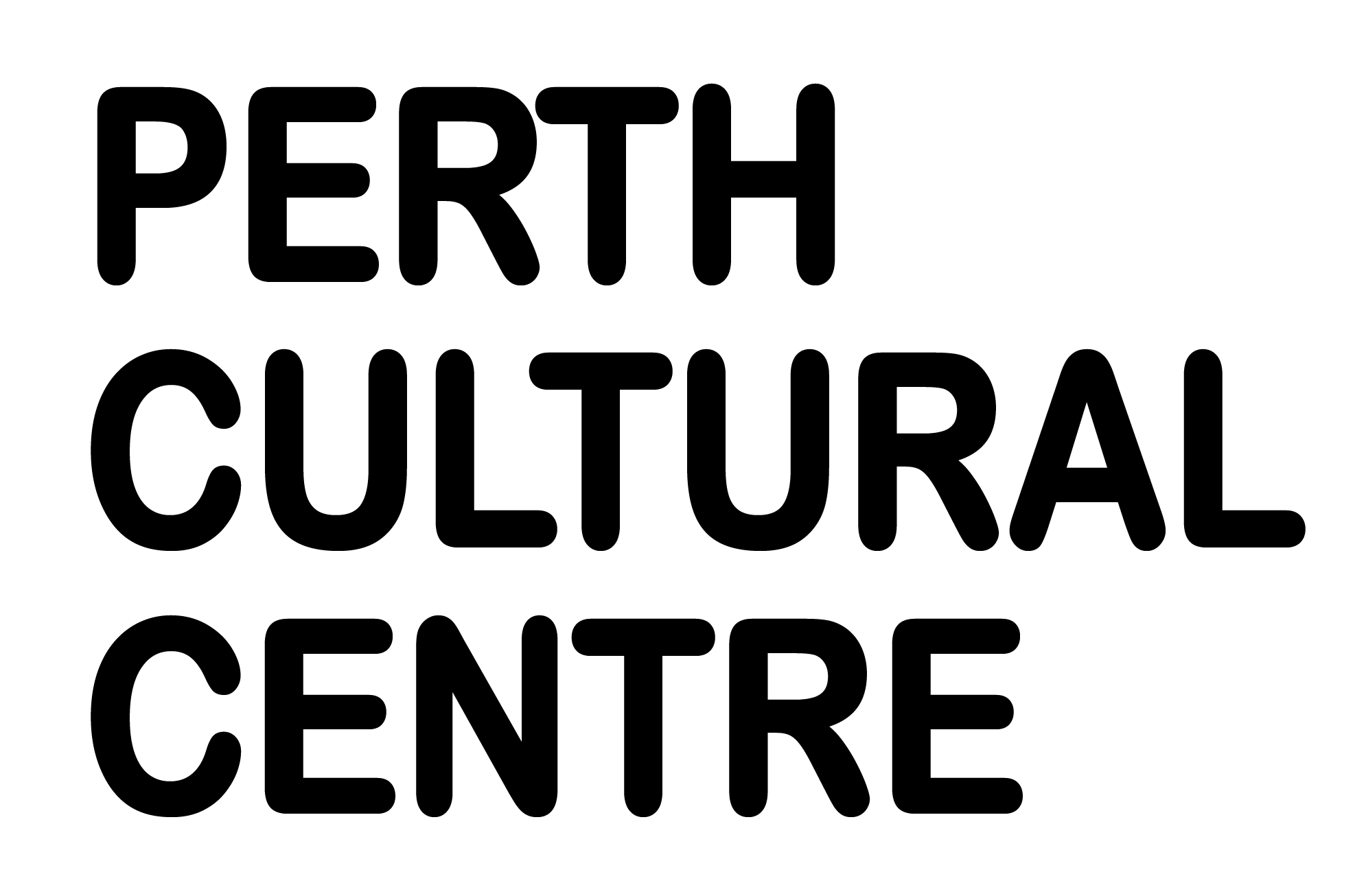History
The site of the Perth Cultural Centre was once an underused space with a reputation for being isolated and unsafe. In 2004, the WA State Government extended the former EPRA’s boundary to include the Perth Cultural Centre precinct, bounded by Francis, William, Roe and Beaufort Streets.
Throughout this redevelopment, the State has worked with the community and our redevelopment partners to create a place where people of all ages and backgrounds can interact.
The Urban Orchard is a great example of how this once dark and isolated rooftop carpark has been transformed into a colourful, fun space to enjoy, particularly during the annual Fringe Festival.
The Perth Cultural Centre is about encouraging people to rediscover the cultural heart of Perth, and attracting new groups of people, particularly families, into the city.
Pre-settlement, traditional owners, the Whadjuk Noongar people, relied on the wetlands, freshwater springs and ochre pits that surround the area where the Museum stands. When food was abundant, people gathered to share in the rich and diverse plant and animal resources, practice their lore and cultural rituals and catch up with family and friends.[1]
[1] Brett Nannup, Nyoongar Elder, 2001

Image: 24439PD: Perth Cultural Centre, 6 March 1987. Looking north west
